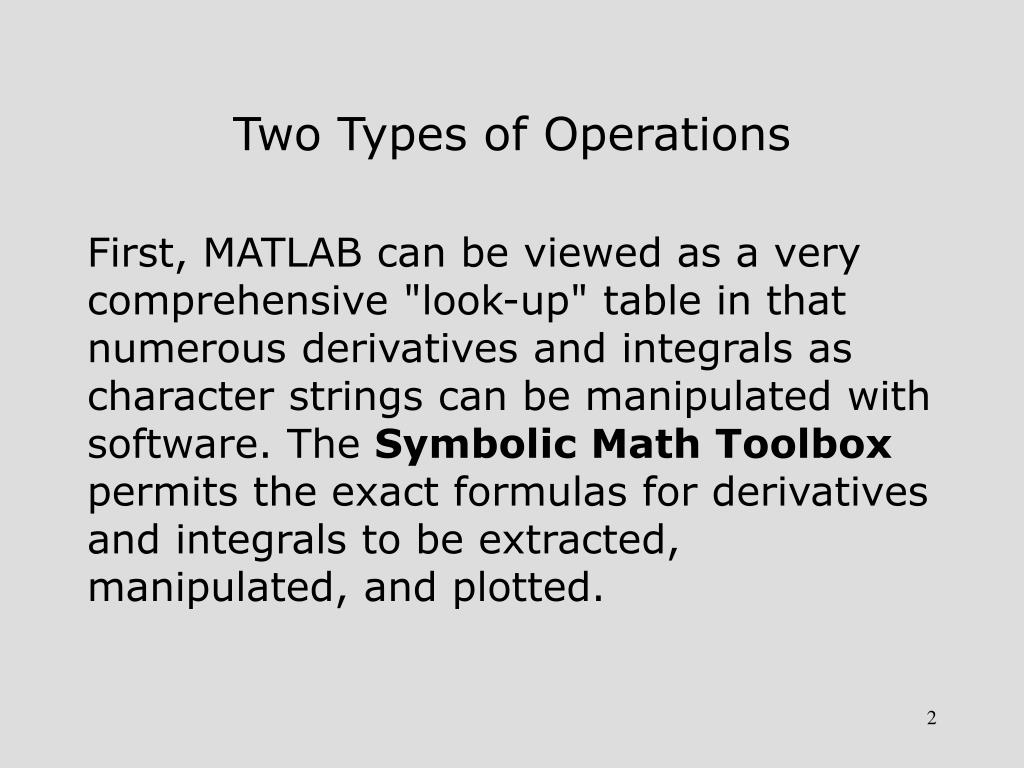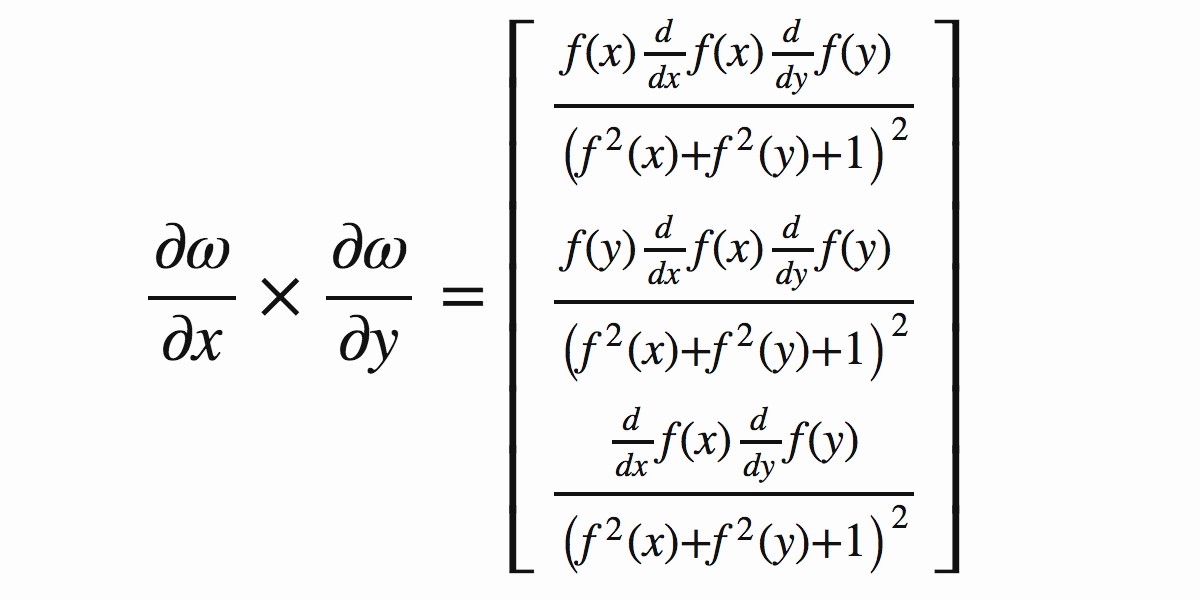

Here, friction effects are important, causing breaking of the waves. On the shelf, the simulation loses its physical meaning. Note that this model ignores the dispersion and friction effects. The steeper the slope, the lower and less powerful the wave that is transmitted. Run the simulation for different values of L, which correspond to different slopes. In fact, very steep slopes cause most of the tsunami to be reflected back into the region of deep water, whereas small slopes reflect less of the wave, transmitting a narrow but high wave carrying much energy. This is caused by different slopes from the sea bed to the continental shelf. At some points they cause disasters, whereas only moderate wave phenomena are observed at other places. One interesting phenomenon is that although tsunamis typically approach the coastline as a wave front extending for hundreds of kilometers perpendicular to the direction in which they travel, they do not cause uniform damage along the coast.

When propagating onto the shelf, however, tsunamis increase their height dramatically: amplitudes of up to 30 m and more were reported.

(Note that the average depth of the ocean is about 4 km, corresponding to a speed of g h ≈ 7 0 0 k m / h o u r.) Over deep sea, the amplitude is rather small, often about 0.5 m or less. In real life, tsunamis have a wavelength of hundreds of kilometers, often traveling at speeds of more than 500 km/hour.


 0 kommentar(er)
0 kommentar(er)
